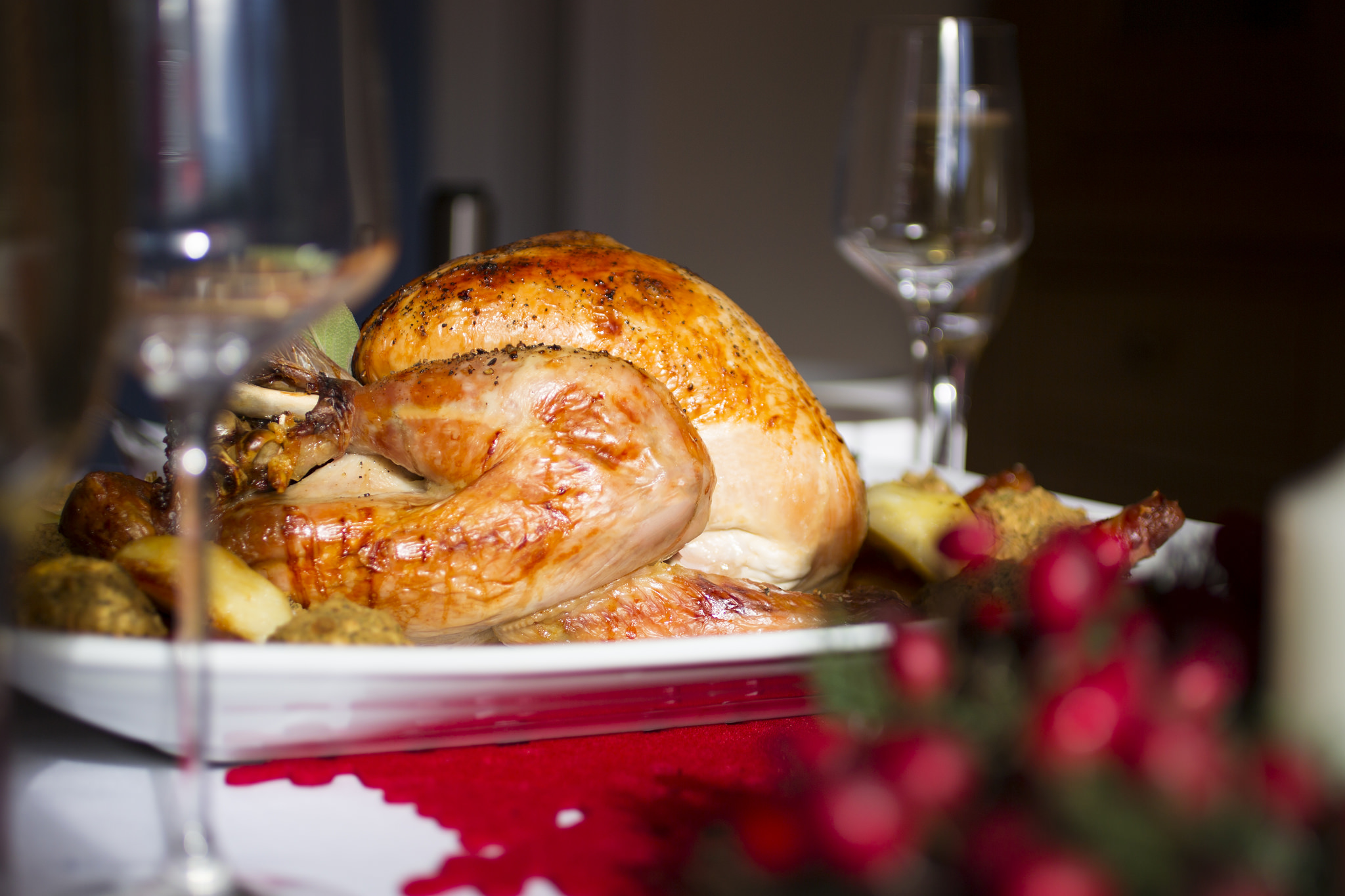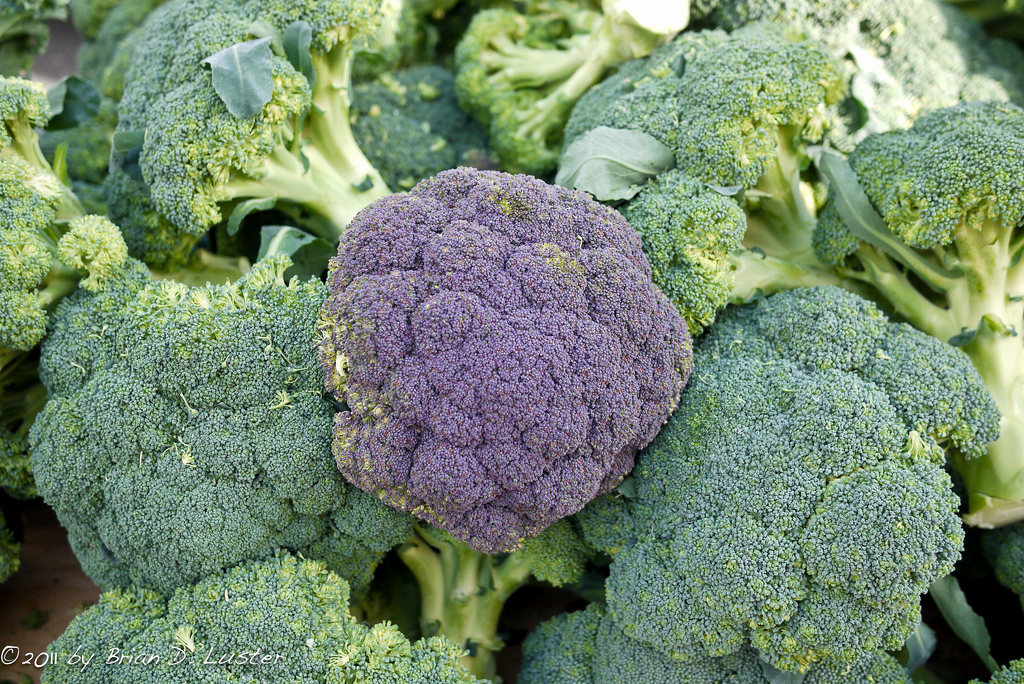Christmas is a time for plenty and celebrating all we have. Without food loss, we’d have even more to celebrate! Image: Flickr/chriscrowder_4
Imagine, just imagine, you withdraw $1000 from the ATM for Christmas and they slide out as they do, on their tiny conveyor belts, but some of them are crumpled a bit, so you don’t take those ones, and when you’re walking home you cross the road too fast and a few loose ones flick up and get lost to the wind, and you get home and lay the money out to count it and the kids push some notes to the side because they smell funny so you throw those out too, and then you count how much you’ve got left and you’re pleased because you’ve got $400 and that seems fine because you always end up with $400.
We’ve used ‘money’ as an analogy for food here—food, the stuff we pour 2/3rds of our water into producing, the stuff we clear land to make farms for, the stuff that keeps us alive.
Dr Pablo Juliano, one of our principle researchers heading up a project to map food loss, says food losses between the paddock and retailer worldwide might be as high as 60 per cent. This of course depends on the country and many other factors, but is a shameful waste regardless. Like the above analogy, food waste occurs at a number of ‘places’ along the supply chain: at the source (farm), at the stores, and, you’ll know all about this one, in the home.
Different societies waste food at different points, too. Developing countries waste their food at the farm and post-harvest; developed countries, like our own, lose it at the consumer end: we throw it out. In an unwitting mockery of ‘waste not; want not,’ perhaps because food appears so plentiful, or perhaps we can’t conceive of the resources put into its production, but we consumers waste food like…water. (Sorry for the mixed metaphors there.)
All that water, all those fertilisers, all that time, effort, and animals, too, down the drain. What to do?
Broccoli is one such product that could have its supply chain shored-up.
Image: Flickr/Brian Luster
Where does all the loss go?
If it’s a food supply chain, and we want to strengthen and reinforce it, perhaps we should start with the weakest link. To find out where in the chain that is, we have to ‘map’ the chain, and that’s what Dr Juliano and his team are doing, looking at growers, packers, and processors.
The beginning of the chain is the growers, farmers. Not only does waste occur on farms, but if we can ‘streamline’ the productivity and output here, it gives less opportunity for wastage down the line. Consider broccoli.
On a broccoli farm, the heads are usually separated from the stalks, which are ploughed in as a fertiliser replacement. Unsexy, or ugly, broccoli too won’t make the cut. This valuable biomass, however, could be turned into healthy value-added food products.
Olives are another example with wasted by-products. We’ve developed a new process for extracting oil more effectively, using ultrasound. Not only can we rescue waste on the whole—the whole fruit—but also the ‘by-products’, harnessing the left-over pulp, turning them into products themselves.
These pulp products, like those left behind after juicing apples or the skins from juiced wine grapes, can be made into unique products like cookies; un-used carrots and broccoli can be extruded into airy ‘Twistie’-like snacks. (Below, the Interronauts discuss the attractiveness of broccoli.)
To create the food loss map, Dr Juliano is conducting a survey on broccoli and apple farmers, packers and processors across the country. With this aggregated data on biomass production and biomass loss, Dr Juliano can select the most fertile grounds for change, and in doing so, help farmers turn their old waste into new revenue streams.
At a loss for how you can help? Wondering what gift you can give the Earth this Christmas? The gift of moderation.
The festive period is one of indulgence, X-mas turned excess, visible on the dinner table on Christmas Day itself, dazzling decadence, a sanctioned food-fest. Prepare as much as you need, and have the only left-overs be those crappy toys from Christmas crackers.




Want to know how we're giving ugly vegetables a nutrient-rich face lift?